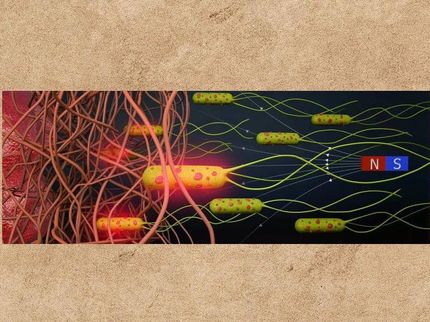Wiley to Present AntiBase 2003 and Mass Spectra of Designer Drugs
New databases provide essential tools for medicinal and analytical chemists
John Wiley & Sons, Inc., will present two new databases, AntiBase 2003 and Mass Spectra of Designer Drugs, at PITTCON 2004's New Product Forum on Sunday, March 7. The databases represent the latest in essential tools for medicinal and analytical chemists worldwide.
AntiBase 2003 is a database of 27,000 natural compounds from microorganisms and higher fungi. The database includes descriptive data (molecular formula and mass, elemental composition, CAS registry number); physico-chemical data (melting point, optical rotation); spectroscopic data (UV, 13C-NMR, IR and mass spectra); biological data (pharmacological activity, toxicity); and information on origin and isolation as well as a summary of literature sources.
A unique feature of AntiBase 2003 is the use of predicted 13C-NMR spectra for those compounds where no measured spectra are available. These spectra have been produced using the spectrum prediction program SpecInfo. Users can search the database by spectral data points and a variety of spectral features, as well as by physical and biological data. All data in AntiBase 2003 have been collected from primary and secondary literature and are critically examined and quality controlled.
AntiBase 2003 is an ideal tool for pharmaceutical and medicinal scientists involved in the development and discovery of new antibiotic compounds. The database is available for PC environments running ISIS/Base and ChemFinder and MAC environments running ISIS/Base.
Mass Spectra of Designer Drugs is a database covering the entire range of designer drugs. Carefully compiled by the mass spectral experts at the Regional Departments of Criminal Investigation in Kiel, Hamburg, and Weisbaden, Germany, this database includes all the new designer drugs that have appeared on the market through February 2003. The collection contains 1400 chemical compounds, 1700 mass spectra, and 100 chemical warfare agents (including Sarin and Tabun) that have been added to the collection due to current terrorism concerns.
The database contains information taken from both legal and underground literature, providing the most comprehensive picture of these compounds available. The data in Mass Spectra of Designer Drugs include the chemical structure, chemical name, molecular formula, molecular weight (nominal mass), biological effects, and measurement conditions. Users can search the database by structure and substructure, spectrum, and spectral features.
Mass Spectra of Designer Drugs is designed for spectroscopists, forensic chemists, medical personnel, and those involved in drug detection and crime investigation.
Organizations
Other news from the department research and development

Get the analytics and lab tech industry in your inbox
By submitting this form you agree that LUMITOS AG will send you the newsletter(s) selected above by email. Your data will not be passed on to third parties. Your data will be stored and processed in accordance with our data protection regulations. LUMITOS may contact you by email for the purpose of advertising or market and opinion surveys. You can revoke your consent at any time without giving reasons to LUMITOS AG, Ernst-Augustin-Str. 2, 12489 Berlin, Germany or by e-mail at revoke@lumitos.com with effect for the future. In addition, each email contains a link to unsubscribe from the corresponding newsletter.





























































